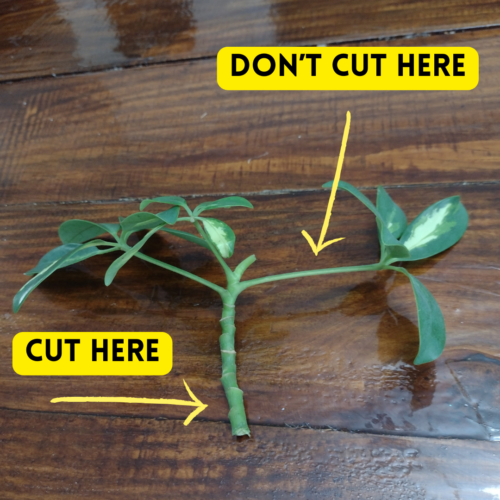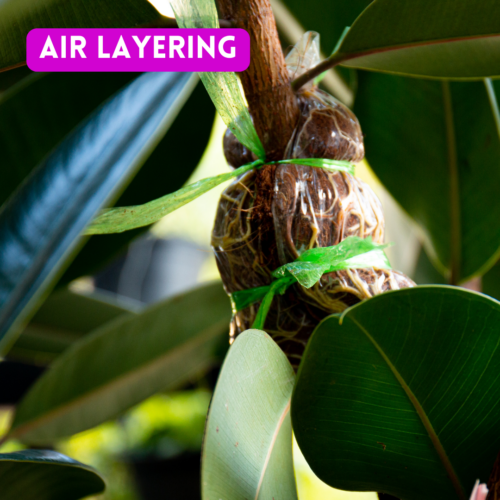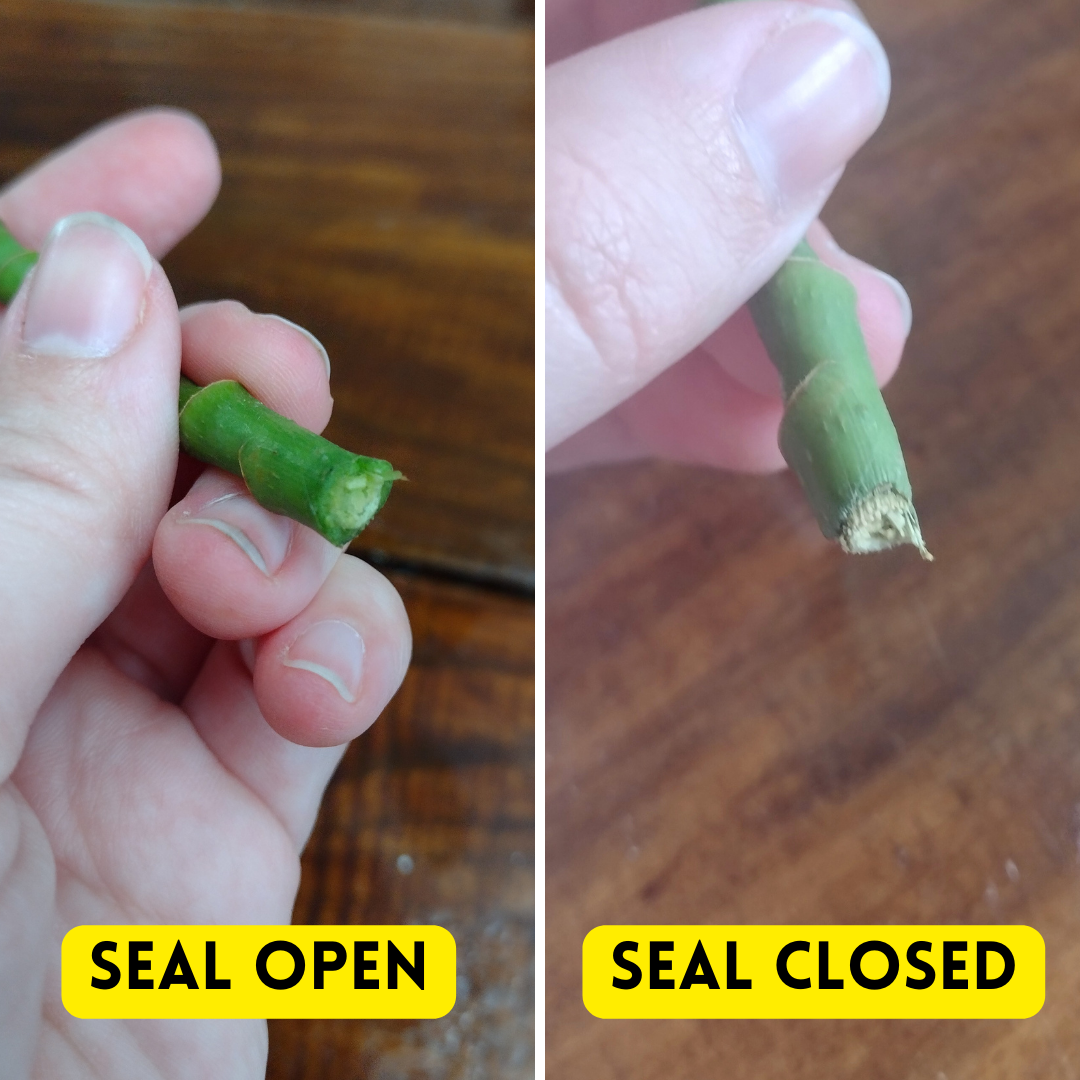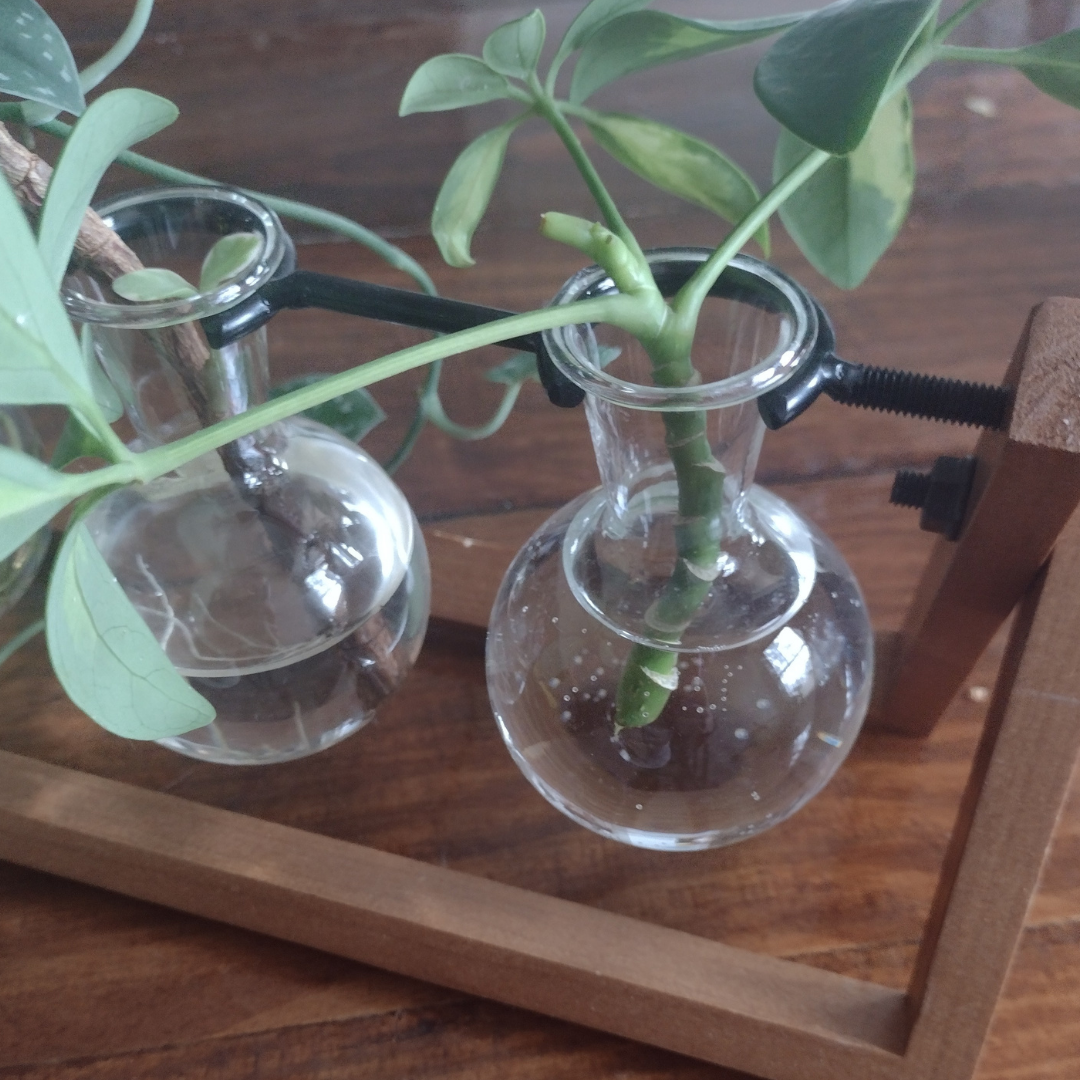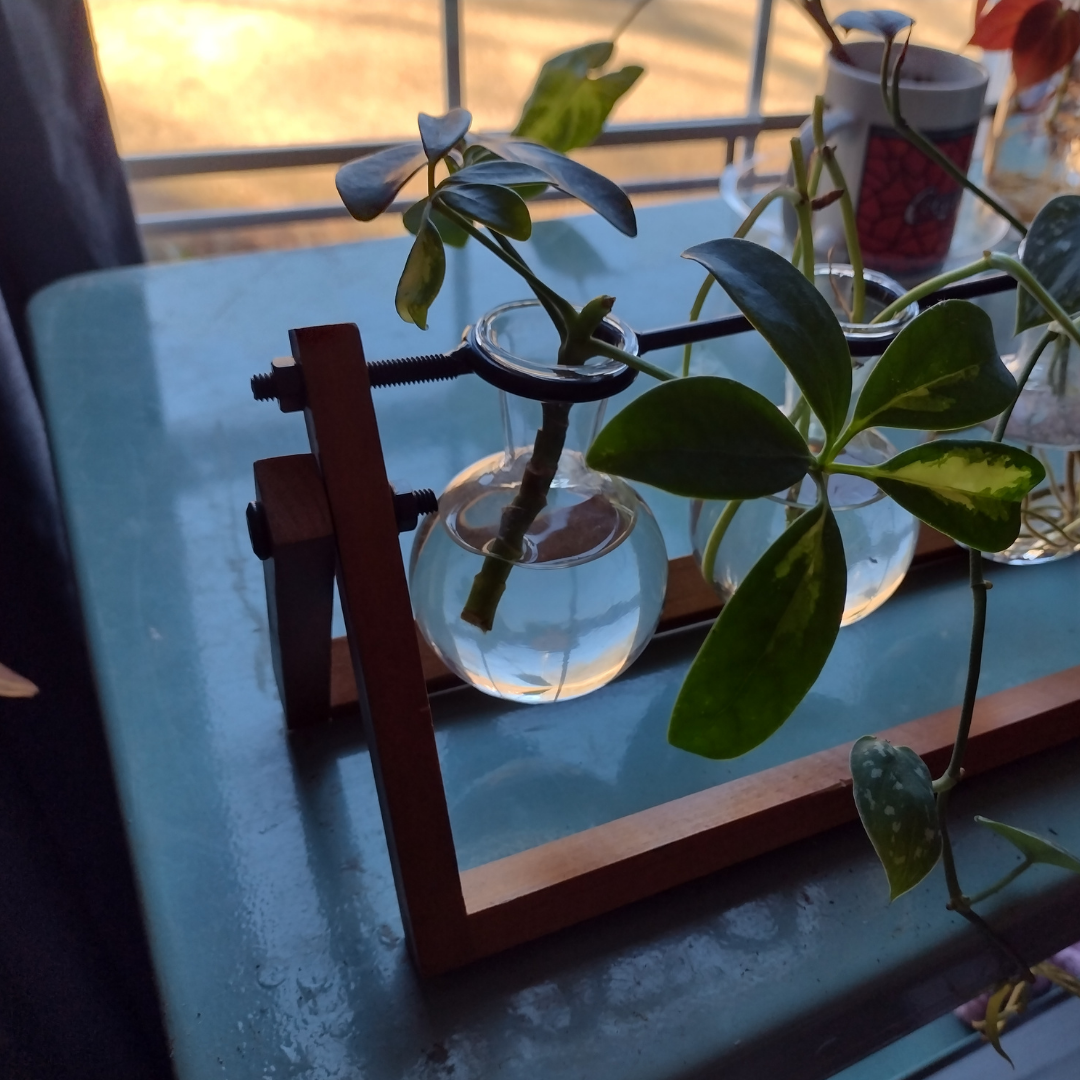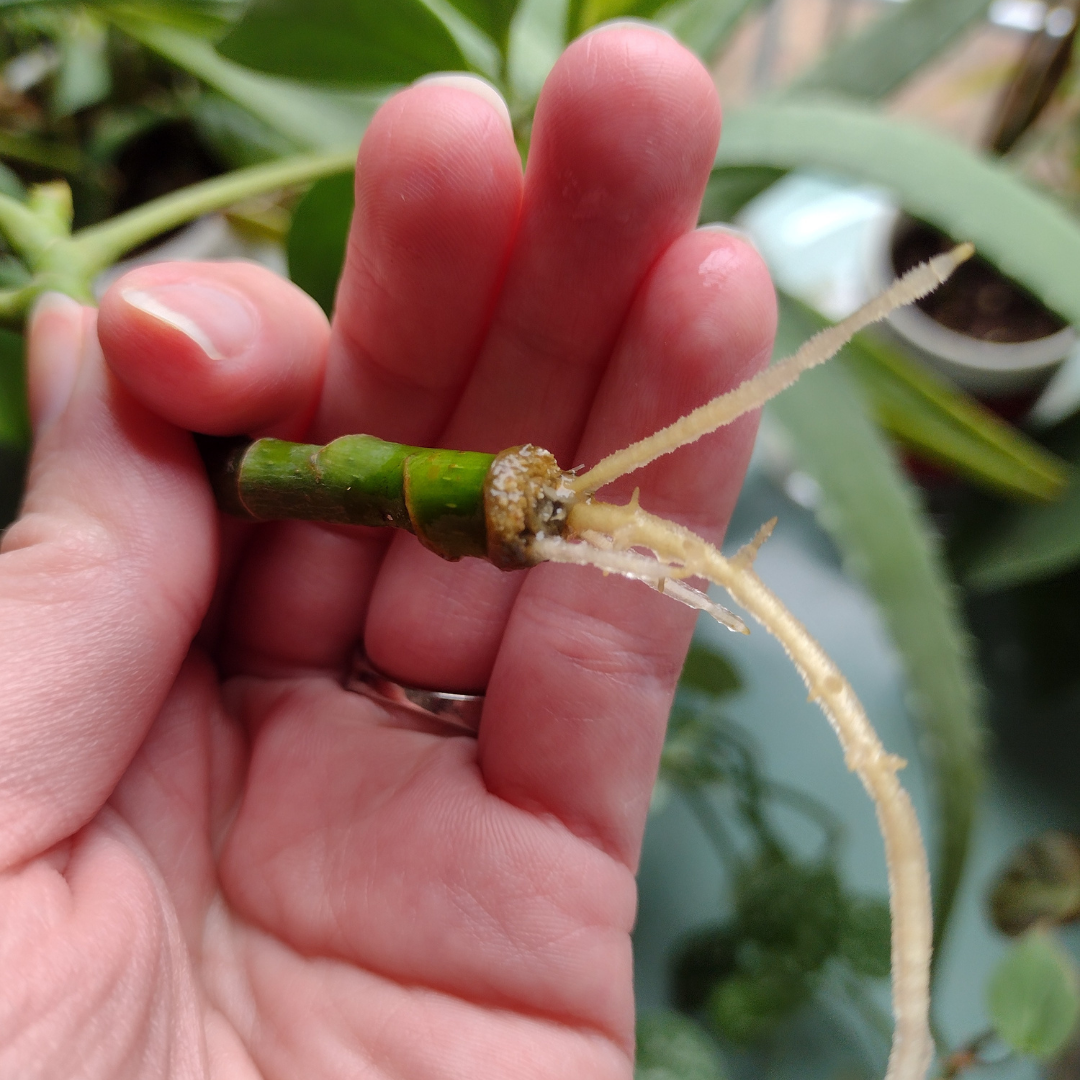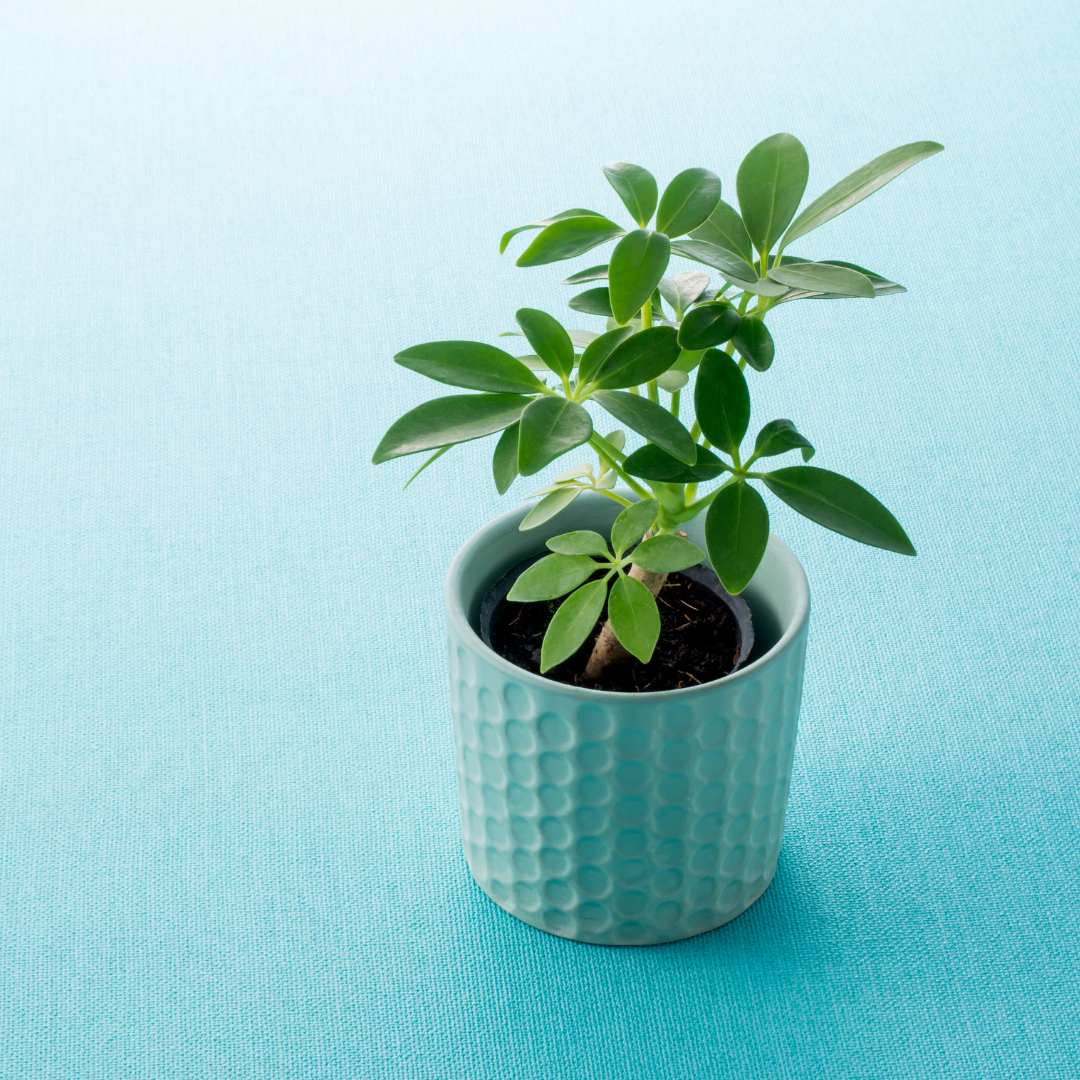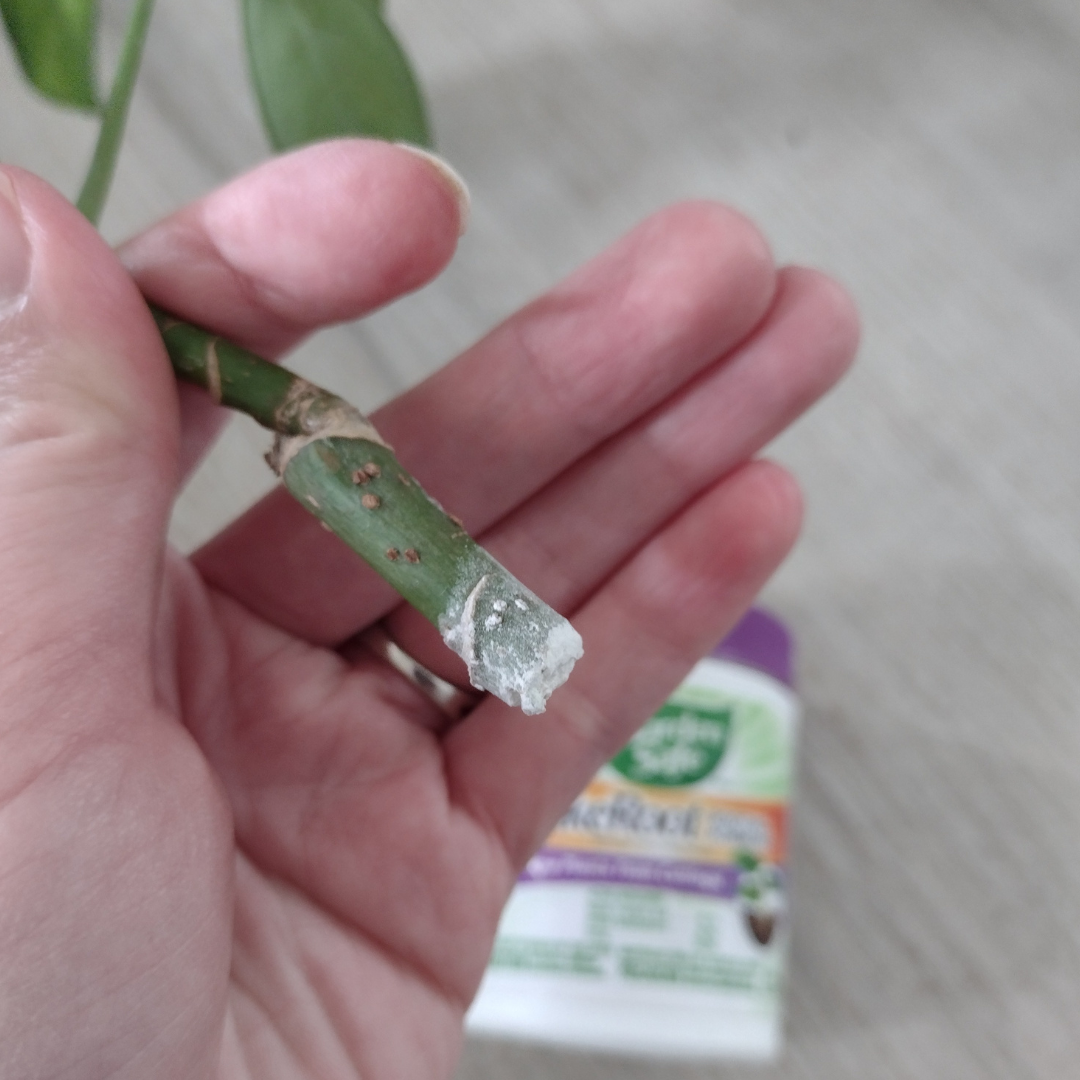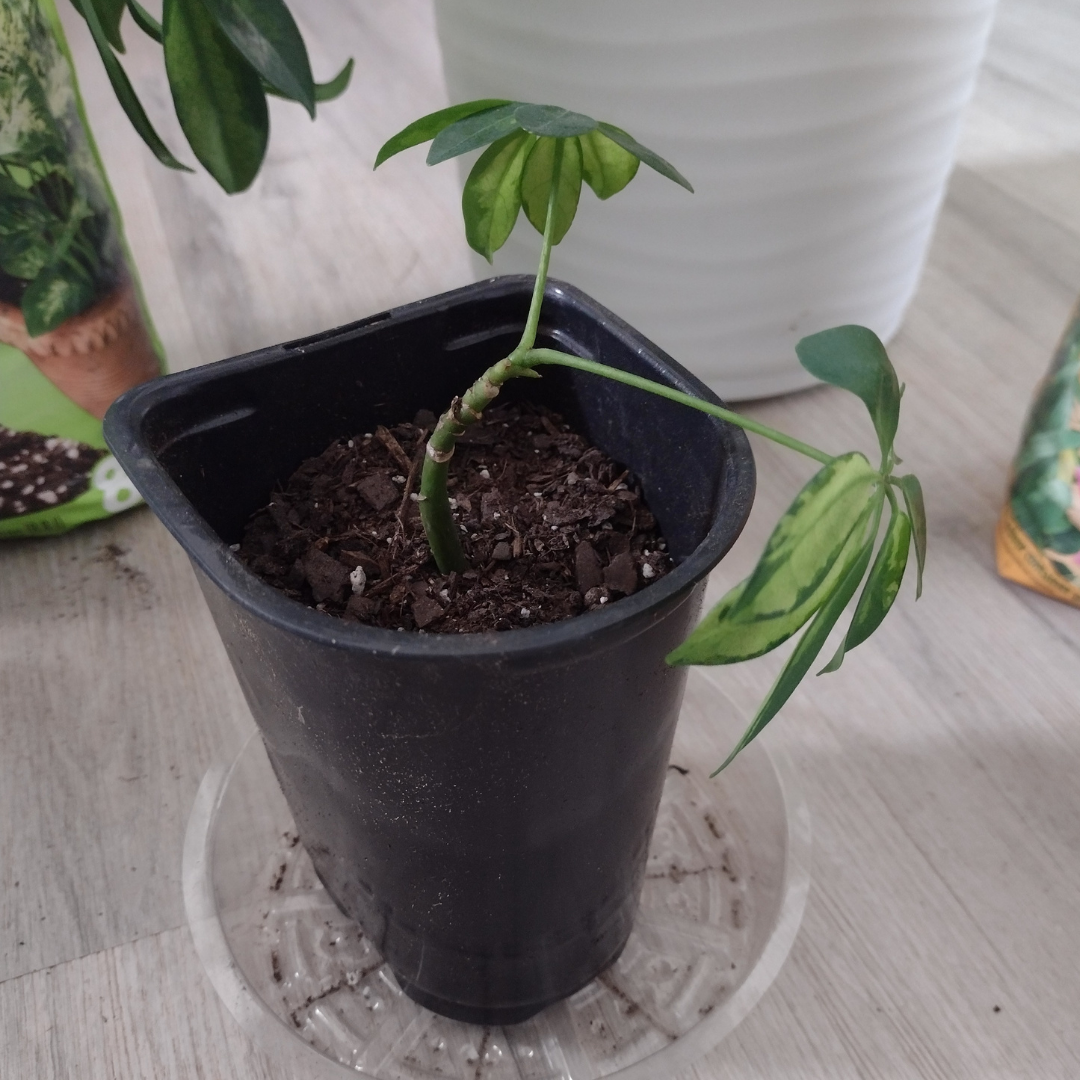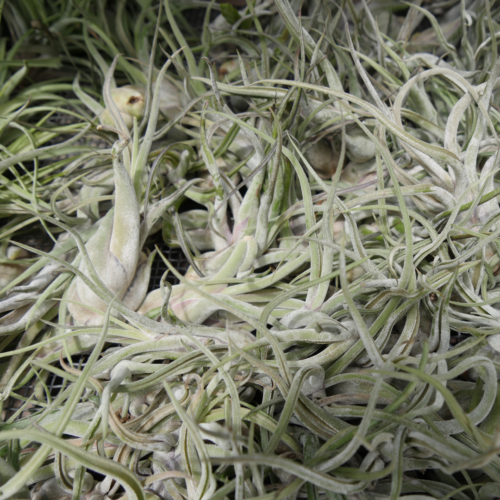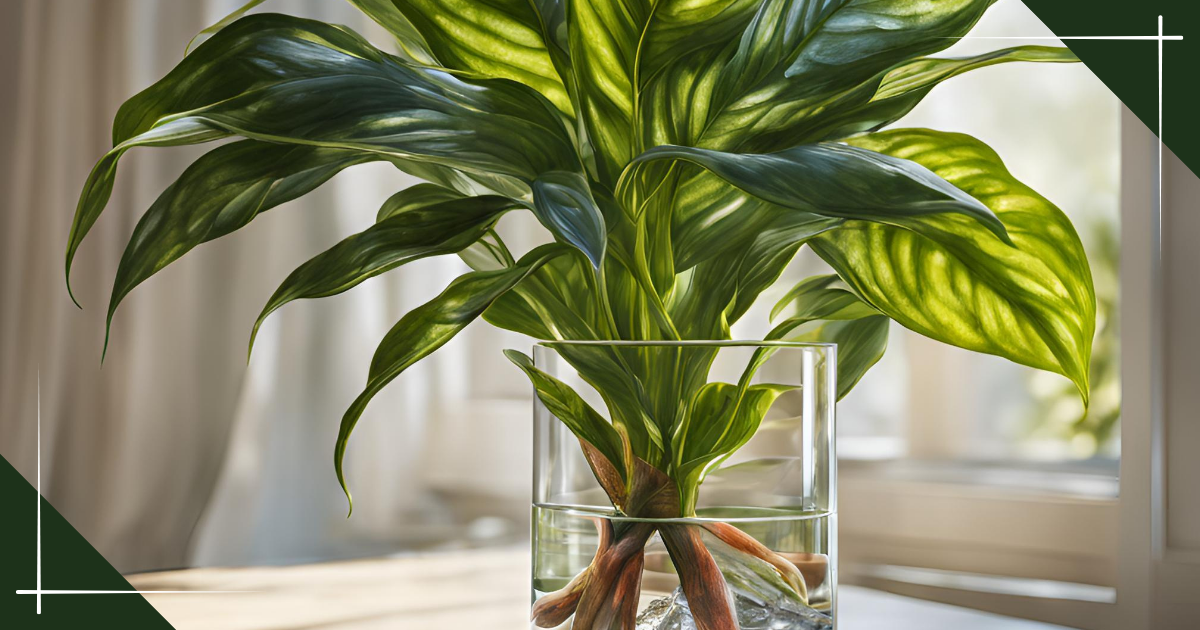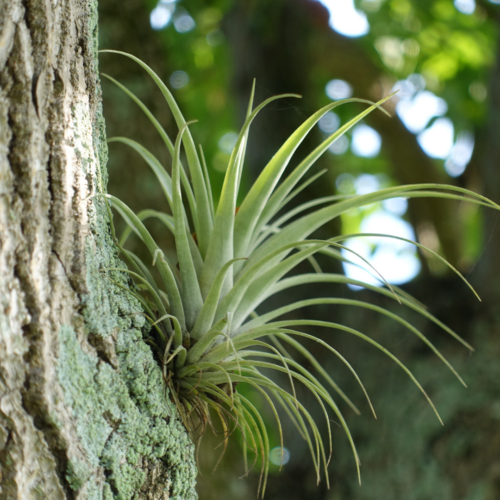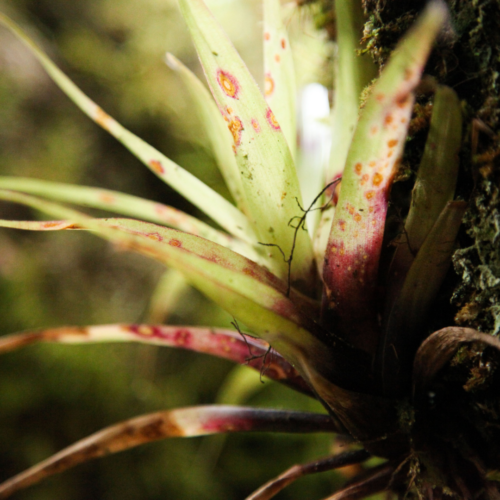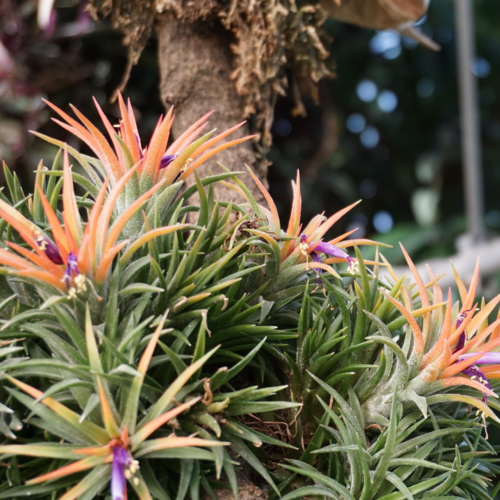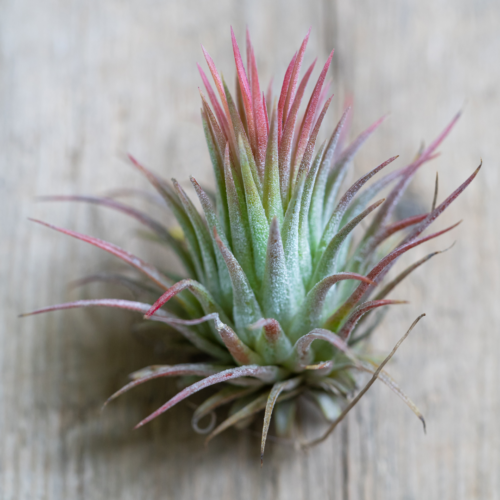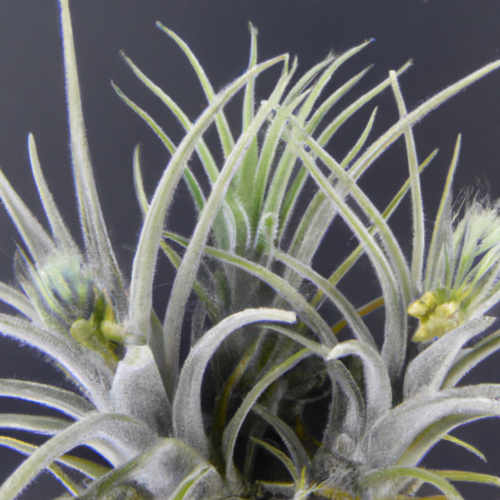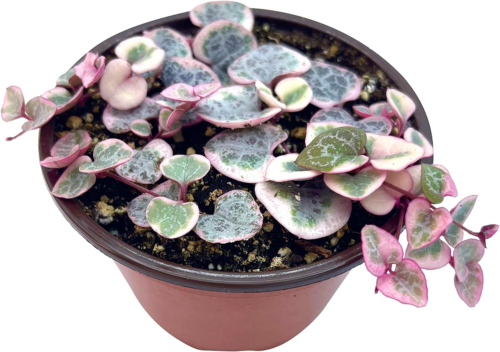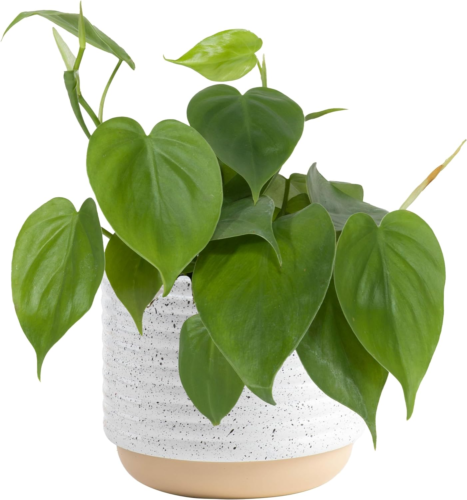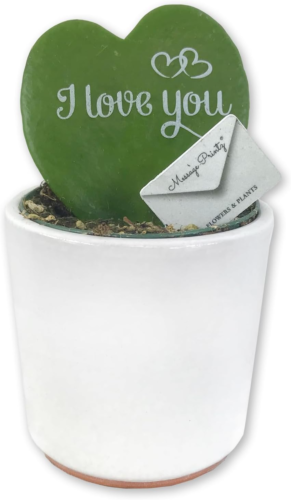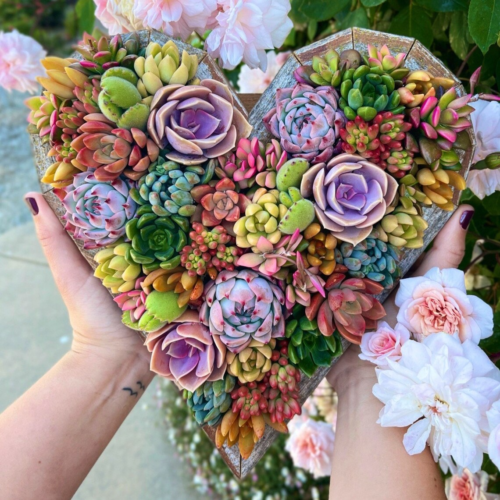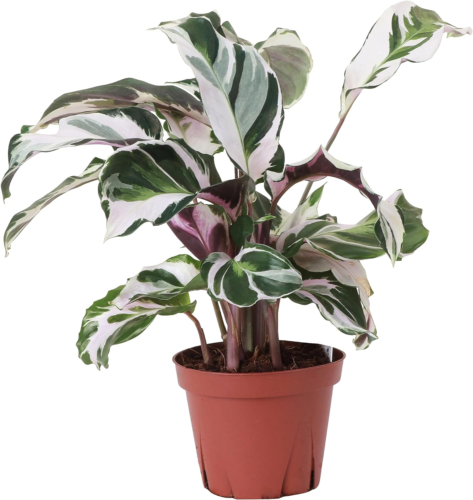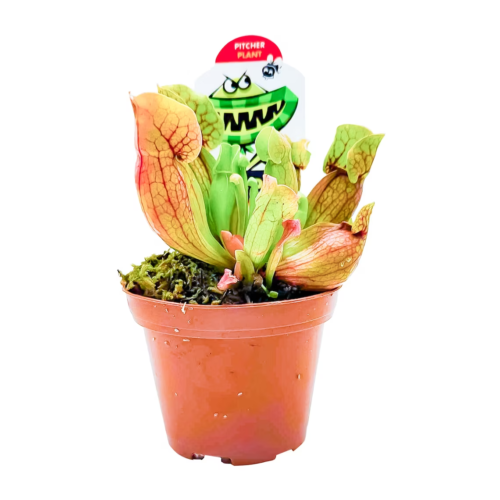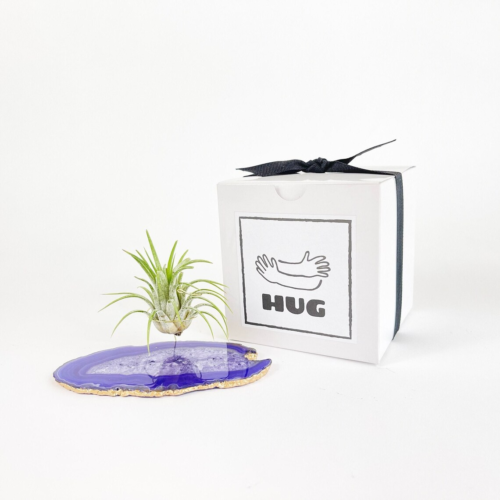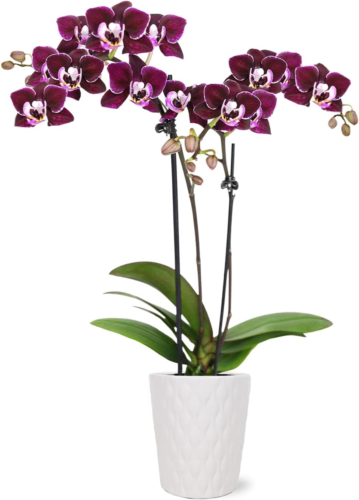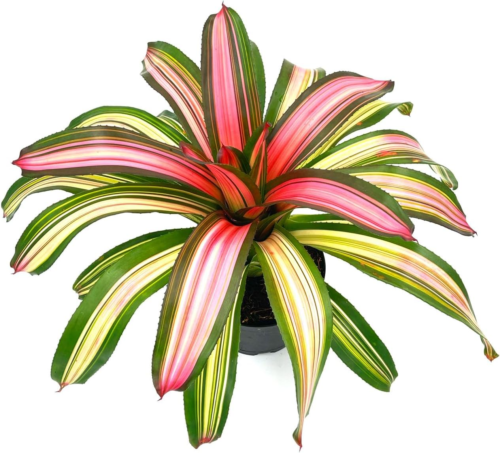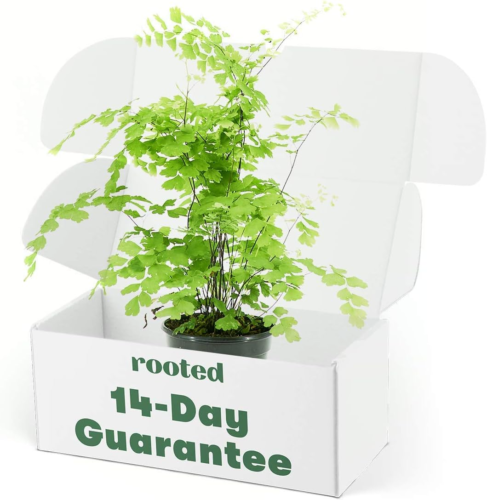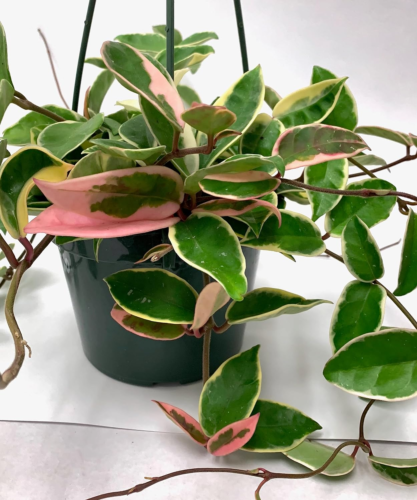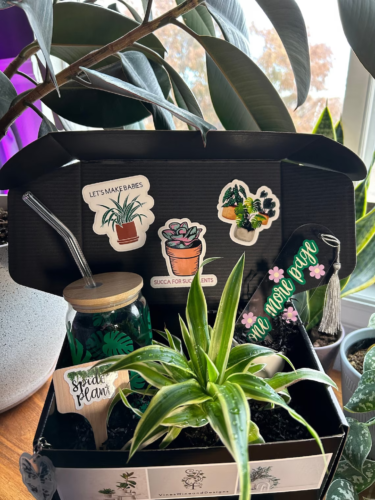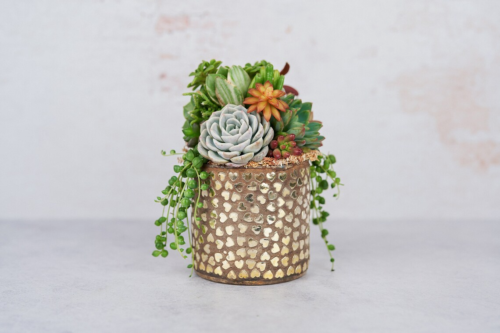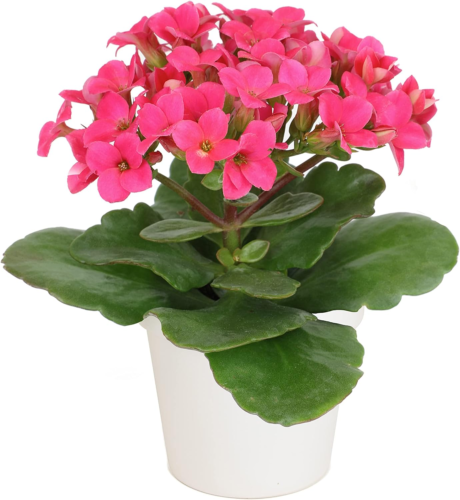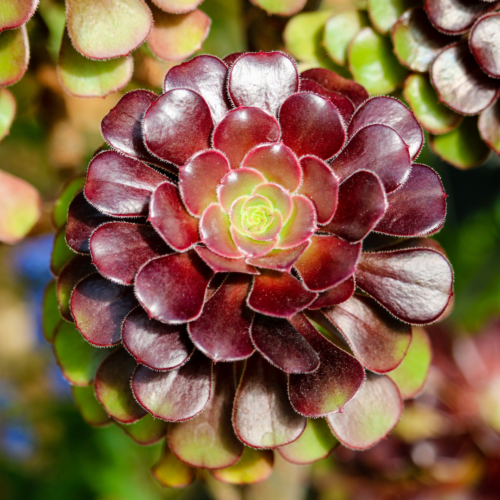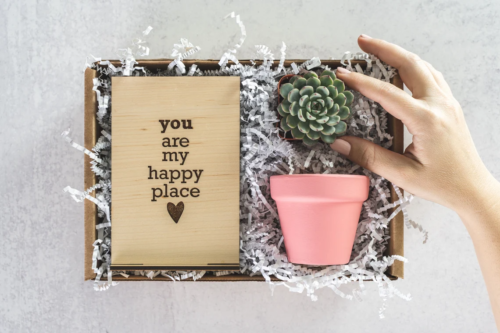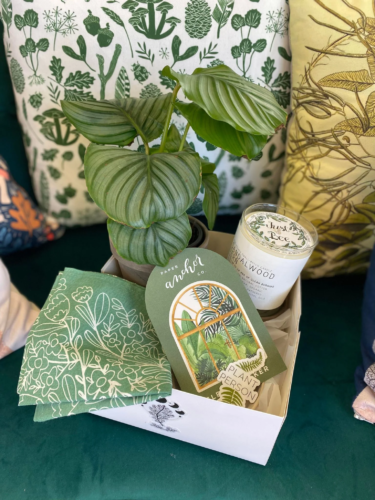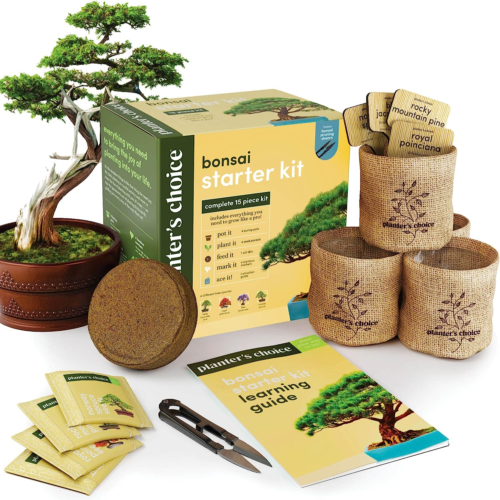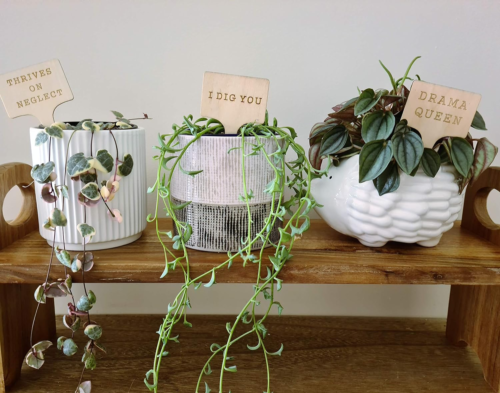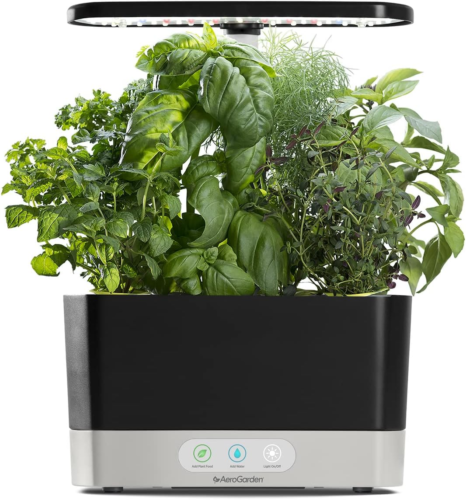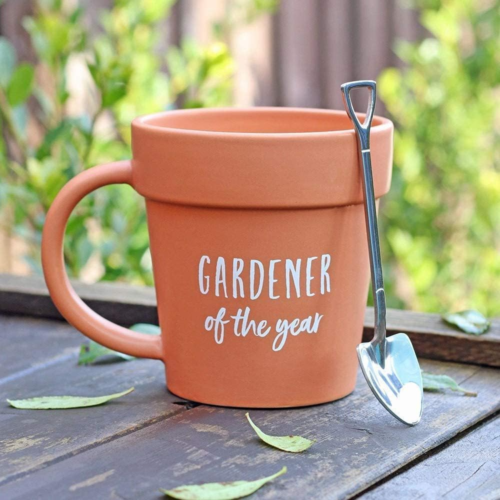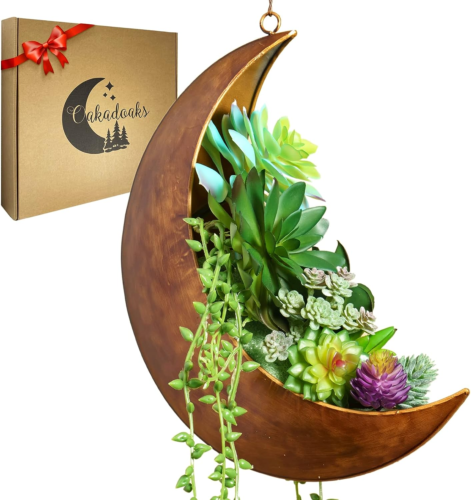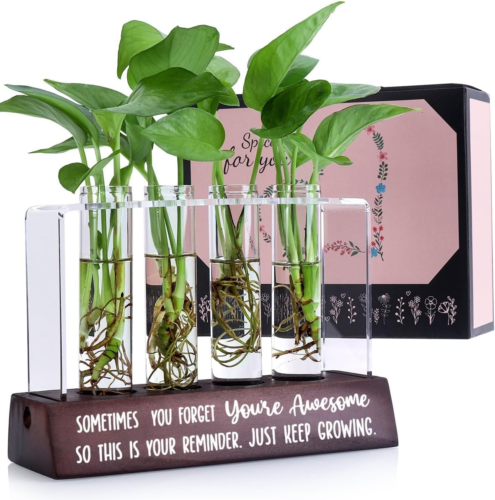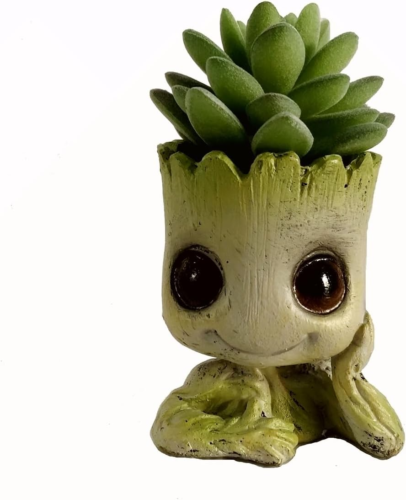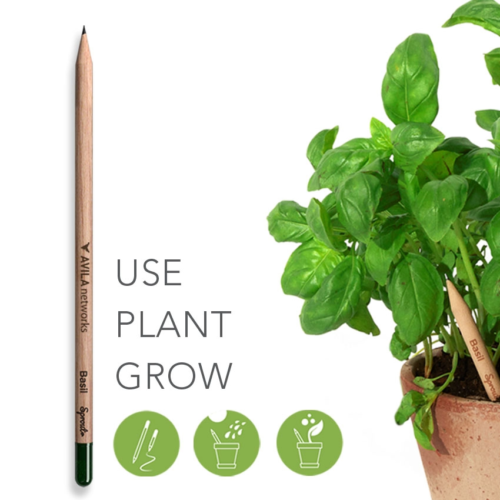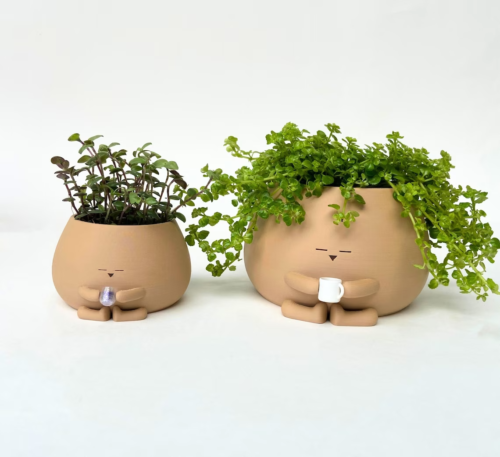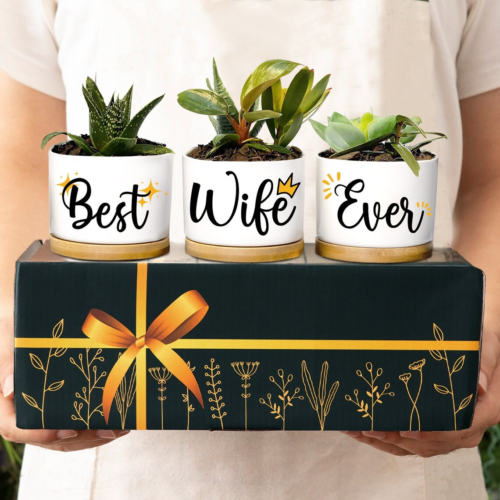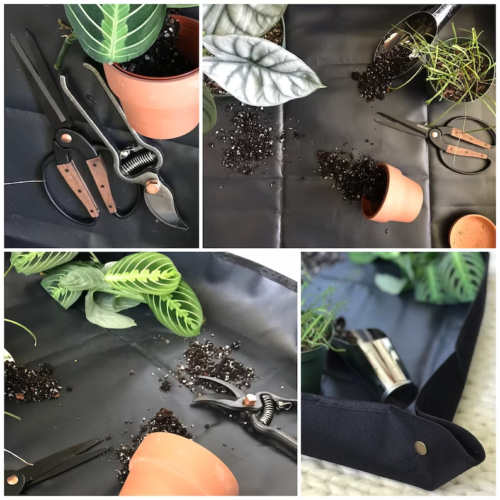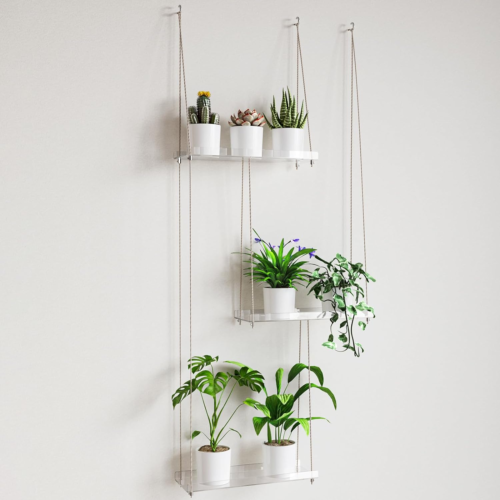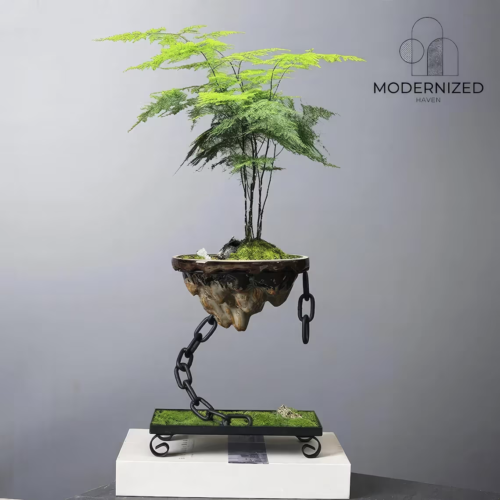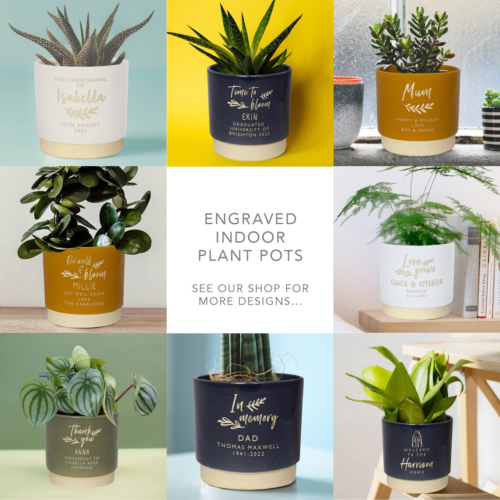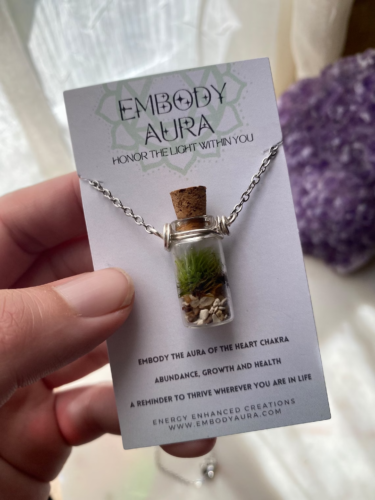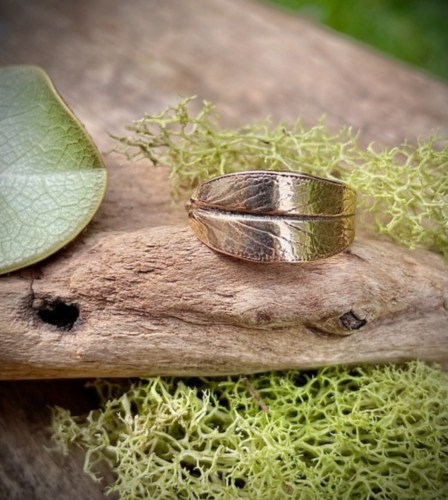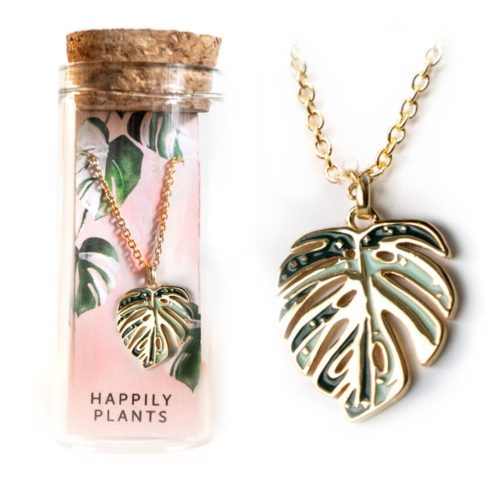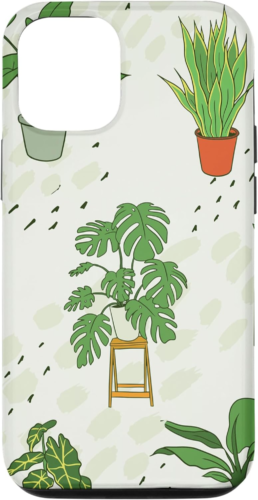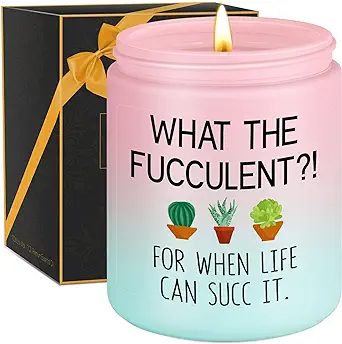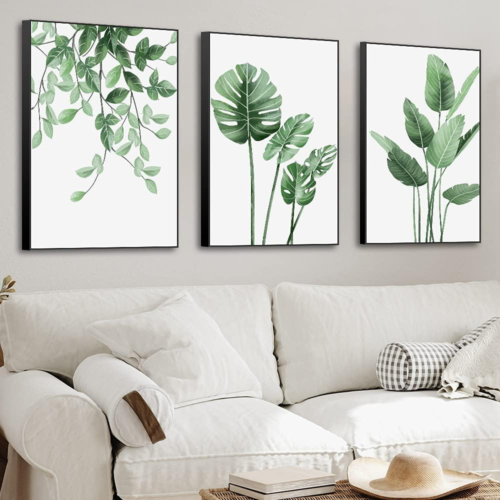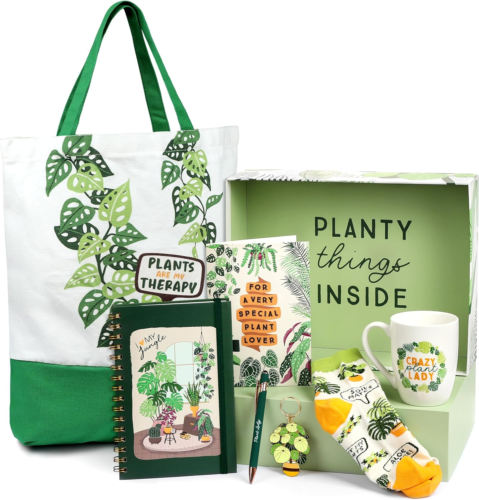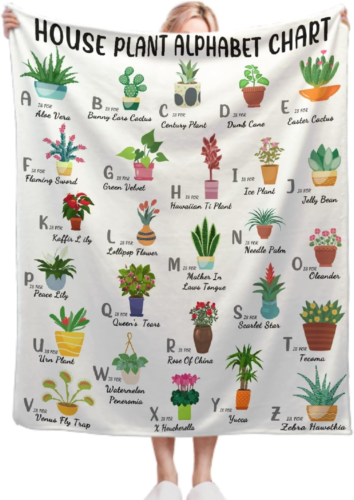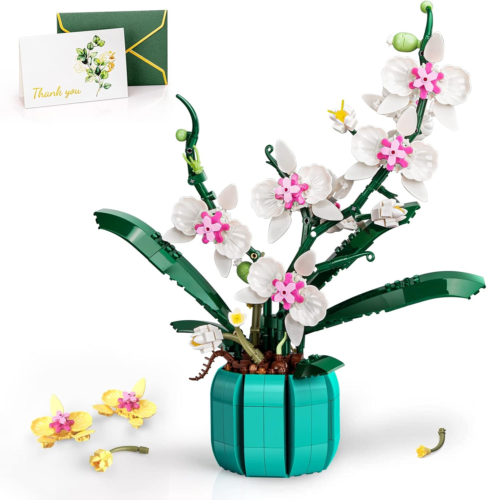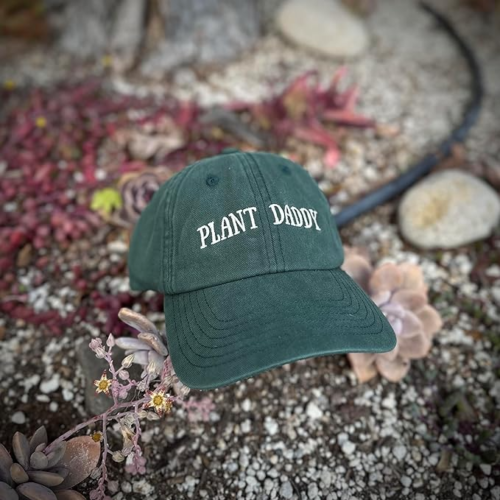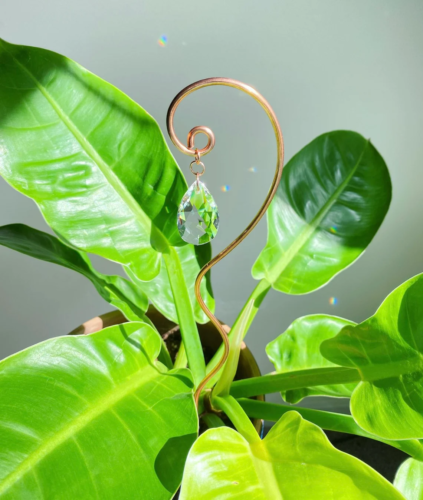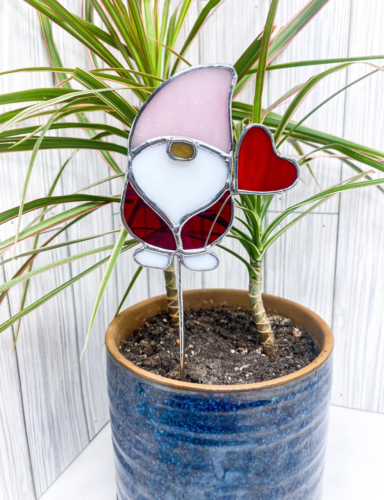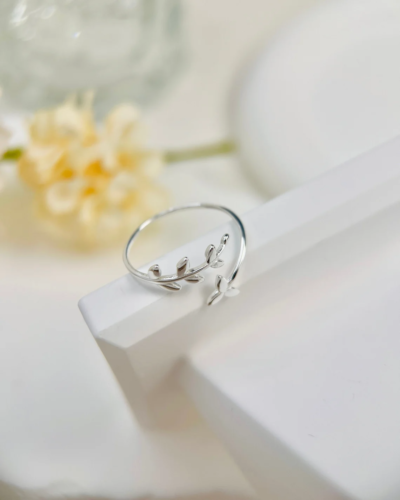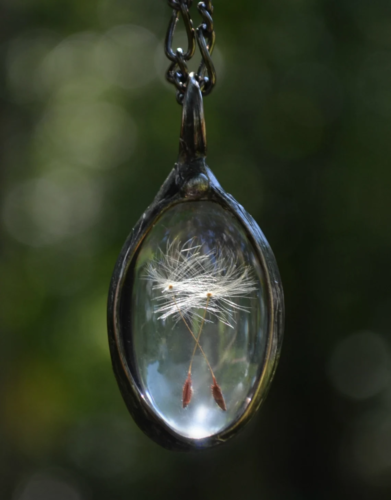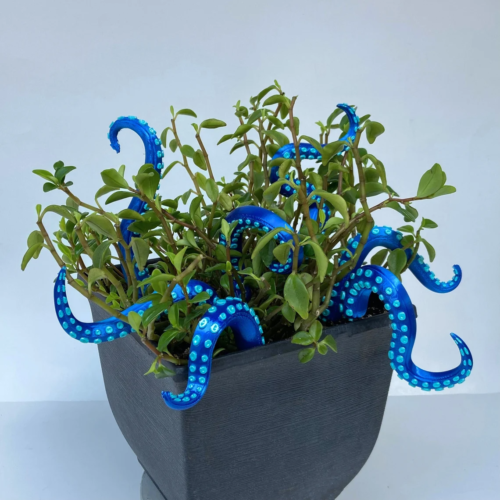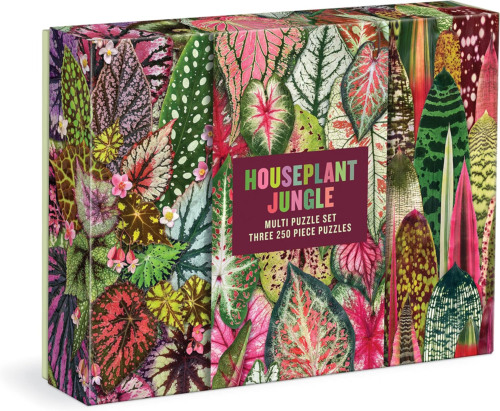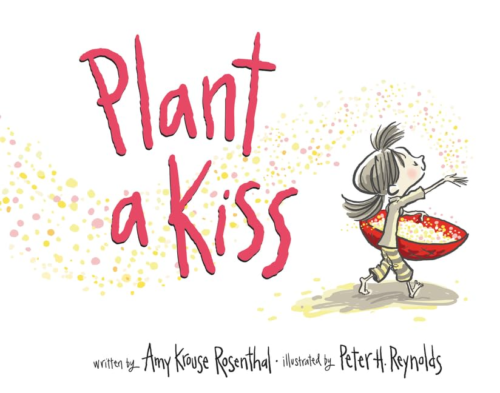The fiddle leaf fig plant, with its large, glossy leaves and striking appearance, has emerged as a beloved choice for indoor plant enthusiasts. Its elegant presence adds a touch of tropical beauty to any space whether you’re going for a minimalist, modern, or even a bohemian design scheme. This makes it a popular choice for interior decoration. However, as captivating as these plants are, the next question becomes, how do I take care of this plant? Believe me, I’ve seen my share of dying fiddle leaf fig trees. So here are my tips on fiddle leaf fig plant care to help your plant continue to look sleek instead of turning sad…
Brief Overview of the Fiddle Leaf Fig Plant
Originally native to the rainforests of West Africa, the fiddle leaf fig (Ficus lyrata) belongs to the ficus genus and is renowned for its broad, violin-shaped leaves that lend it its name. While it can grow into a majestic tree in its natural habitat, when cultivated indoors, it adapts to a more manageable size, making it suitable for various living spaces.
Despite many people labelling these tropical plants as beginner-friendly, I’ve found that successfully nurturing a fiddle leaf fig indoors requires more than just watering it occasionally. Adequate attention to factors such as lighting, watering, fertilizing, and pest control is crucial for ensuring the plant’s well-being and long life. Next up I’ll delve into the essential aspects of fiddle leaf fig care indoors, providing practical tips and guidelines to help you grow your own gorgeous ficus tree.

Fiddle Leaf Fig Plant Care: Light Requirements
Fiddle leaf figs, or ficus lyrata, need plenty of bright light. However, direct, hot sunlight will easily burn the leaves. So how do we find the perfect balance? The absolute best location is to place your fig tree in a location where it will get direct morning light, but where it will be shaded during the afternoon hours. Two great options are placed in an east-facing window, or put it to the west of a south-facing window (where the morning light will be slanted for a direct hit, but by the afternoon, it will get nice, indirect light). Once you’ve placed it in the optimal light conditions, make sure to rotate the pot every couple of weeks to keep the new growth from leaning towards the light. This is vital if you want a well-rounded, large tree that is not leaning!
Potting and Soil
Now that we’ve found the ideal spot for your fiddle-leaf fig tree, it’s time to talk pots and soil. Let me share some tips based on my own trials and errors in potting and soil selection.
Selecting the Right Pot Size
When it comes to pots, size matters! You’ll want to choose a pot that provides ample room for your fiddle leaf fig’s roots to spread out comfortably. Opt for a pot that’s about 2 inches larger in diameter than the current pot your plant is in. This will give the roots room to grow without being overwhelmed by too much space. Plus, a slightly larger pot helps prevent your fiddle leaf fig from becoming root-bound, which can stunt its growth. Trust me, I’ve learned the hard way that cramped roots lead to unhappy plants!
On the flip side, though, you don’t want a pot that is too large for your fiddle. If you go more than 2″ larger in diameter, then you can risk having too much soil that holds on to too much moisture. This can lead to root rot. It’s a good idea to err on the side of keeping your pot a little bit more snug than to overpot your indoor plants.

Choosing Well-Draining Soil
Fiddle leaf figs are not fans of soggy feet, so it’s crucial to use well-draining soil that allows excess water to escape freely. Look for a high-quality potting mix specifically formulated for tropical plants or make your own by combining equal parts peat moss, perlite, and pine bark (also called orchid bark).
Avoid heavy soils that retain moisture for too long, as they can lead to root rot and other problems. But also remember, the lighter your soil, the more frequently you will need to water, but the harder it is to overwater! (So if you have issues with over-watering your plants, try adding more perlite to your soil mixes! hint, hint!)
Repotting Guidelines
As your fiddle leaf fig grows, it will eventually outgrow its pot and need to be repotted. Keep an eye out for signs such as roots poking out of the drainage holes or pushing against the sides of the pot.
Also, if you are having to water your fiddle leaf fig more often than usual, it could also be a sign that it is time to repot.
Spring is the best time to repot your fiddle leaf fig, as it’s entering its active growing season, but if you need to, then you can repot it during any season. When repotting, gently loosen the roots and untangle any circling roots. Place the plant in its new pot, adding fresh soil around the roots. Then, don’t forget to give your fiddle leaf fig a good drink after repotting to help it settle into its new home.

By following these potting and soil tips, you’ll provide your fiddle leaf fig with all the space it needs to succeed indoors.
Fiddle Leaf Fig Plant Care: Water Requirements
This plant loves water… when it’s dry! The best way to water your fig tree is to wait until the soil is dry (feeling the top 1 inch of the soil to be sure), then water it thoroughly. In this case, “thoroughly” means to water it until there is water coming out the drainage holes. Let it sit for a few minutes, then empty any excess water. If you don’t have a pot with drainage holes, I would suggest that you add only enough water that it will dry out every 3 days or so (a bit longer in the winter, but dries out faster in the summer). This is your sweet spot. Just remember to water it less in the winter, and more in the summer.
One trick with the fiddle leaf figs that I’ve heard is that if your plant is getting too dry, its newest leaves will turn brown and die. On the other hand, if the plant is getting too much water, its older leaves will shrivel up and die. Just a good thing to use to troubleshoot any watering problems…
Brown spots on your plant? Find out what is causing it with this in-depth picture guide of fiddle-leaf fig brown spots!
And another bonus tip, since I’m apparently full of them today, is that if your fiddle’s large leaves are drooping, it could be a sign of your plant needing water. But if the leaves are yellowing and falling off, it could be a sign of too much water. Just be sure to feel the soil. Stick your finger down a few inches of soil and feel if it is wet or dry. If it is wet, then don’t water it. If it is dry, then your fiddle leaf fig would love some more water!
Fertilizing
Now that we’ve covered watering, let’s talk about feeding your fiddle leaf fig the nutrients it needs to thrive. Here are some fertilizing tips based on my own experiences in keeping my plant happy and healthy.
Importance of Balanced Fertilization
Just like humans need a balanced diet to stay healthy, fiddle leaf figs require regular feeding to support their growth and development. Look for a well-balanced liquid fertilizer specifically formulated for houseplants. If you have a garden fertilizer, I’ve found that a good rule of thumb is to dilute it to half strength to avoid overfeeding. Or just buy a houseplant fertilizer. There are plenty of them on the market. This is the houseplant fertilizer that I personally use and love!

Types of Fertilizers Suitable for Fiddle Leaf Figs
When it comes to choosing a fertilizer, there are plenty of options out there. I prefer to use a fertilizer with a balanced NPK ratio (nitrogen, phosphorus, and potassium) to promote overall plant health. You can also opt for a fertilizer specially designed for foliage plants, (Or a blend that is high in Nitrogen) which will provide the specific nutrients your fiddle leaf fig needs to thrive.
Fertilizing Schedule
First off, I would always follow the instructions on the back of your label for frequency of use. Some fertilizers are stronger than others, and some are slow-release (meaning they fertilize your plant over the course of several weeks). I also know that the Miracle Gro version of indoor plant food is actually a REALLY low dosage (something like 1-1-1), so it can be added every single time that you water your plants (because you aren’t adding that much each time.
That being said, it is best to fertilize your fiddle leaf fig during the growing season (spring and summer). During the dormant season (fall and winter), you can cut back to fertilizing at half the frequency, or skip it altogether if your plant isn’t actively growing. Remember, less is more when it comes to fertilizing – it’s better to under-fertilize than overdo it and risk burning your plant’s roots.
Fiddle Leaf Fig Tree: Additional Care Tips
Avoiding Drafty Areas
While fiddle leaf figs enjoy a breath of fresh air, they’re not fans of drafty spots. Drafts can stress out these sensitive plants and lead to leaf drop or other issues. So, when choosing a location, steer clear of drafty areas near doors, windows, or air vents. Instead, opt for a cozy corner where your fiddle leaf fig can bask in the warmth without any chilly interruptions.
Don’t Move Locations
My second additional tip is to make sure that once you position your plant to its perfect location, that you do not move it! All indoor fig trees don’t do well with change. If you need to move it, expect there to be a few weeks of leaf drop, followed be another few weeks of recovery time. This is just what fig trees do when they are moved locations…
How to Make your FLF Bushy
The last tip I have for you is in getting your fiddle-leaf fig plant to look bushy. A lot of times people buy a single stalk that looks great, until it gets tall and thin. What you want to do, though, is to hold out until it grows to within a few feet of the height you want it to stay at. Then, cut off the top 1-2 feet of the plant. (Make sure there are still at least half a dozen leaves on your remaining tree!) When the top is cut, the plant will stop putting its energy into vertical growth, and will instead start growing out its lateral branches. This will give you that tall, bushy structure that you’ve been wanting without it branching all the way up the entire trunk. This process will take a while, but believe me… it will be well worth it!
Cleaning the Leaves
Over time, dust can accumulate on your fiddle leaf fig’s leaves, which can interfere with its ability to photosynthesize and thrive. Give your plant a spa day every now and then by gently wiping down its leaves with a damp cloth or sponge. Not only will this remove any dust or grime, but it’ll also leave your fiddle leaf fig looking fresh and rejuvenated. It can also help to wipe away any insects that might be trying to establish a home in your plant. So overall, cleaning the leaves is a win-win situation!
Common Pests Affecting Fiddle Leaf Figs Indoors
Fiddle leaf figs can fall victim to a variety of pests, including mealybugs, spider mites, and scale insects. Keep an eye out for signs such as sticky residue, tiny webs, or yellowing leaves (with no change in location or watering), which may indicate the presence of pests. Early detection is key to preventing a full-blown infestation, so be sure to inspect your plant regularly!

But if you do get an infestation, you do have a few options at your disposal. For minor infestations, try spraying your fiddle leaf fig with a mixture of water and mild dish soap to suffocate the pests. You can also wipe down the leaves with rubbing alcohol to remove any stubborn critters. For more severe infestations, though, you may need to resort to chemical pesticides, but be sure to follow the instructions carefully and avoid overdoing it.
Troubleshooting Common Issues
Even the most well-cared-for fiddle leaf figs can run into trouble from time to time, but don’t panic! With a little know-how and some quick thinking, you can overcome common issues and keep your plant thriving. Here are some troubleshooting tips based on my own experiences with these guys…
Leaf Droopiness or Browning
If your fiddle leaf fig’s leaves are drooping or turning brown, it could be a sign of underwatering, overwatering, or exposure to drafts. Check the soil moisture levels and adjust your watering routine as needed, and make sure your plant is situated in a draft-free location with stable temperatures.
Yellowing Leaves
Yellowing leaves can indicate a variety of issues, including nutrient deficiencies, overwatering, or pests. However, nine times out of ten the issue is overwatering. Take a close look at your plant and assess its watering, fertilizing, and pest control routines to identify the underlying cause. Also be sure to place your finger in the soil to see if it is moist. Or consider buying a soil moisture meter that you can use to see if the soil is moist further down in the pot. Then adjust as necessary to restore your fiddle leaf fig to health.
Leaf Loss
It’s normal for fiddle leaf figs to shed a few leaves now and then, especially as they acclimate to their environment or undergo changes in care. However, excessive leaf loss can be a cause for concern. Especially if you haven’t moved your plant recently. The biggest cause of leaf loss that I have found has been due to drafts or insects (usually spider mites). If you are seeing excessive leaf loss, then check one of these problems.

Addressing Root Rot
Root rot is a common issue in fiddle leaf figs caused by overwatering or poor drainage. If you suspect root rot, carefully remove your plant from its pot and inspect the roots. Trim away any mushy or discolored roots, repot your plant in fresh, well-draining soil, and adjust your watering routine to prevent future problems.
I’ve also heard that by adding hydrogen peroxide to your roots, that it can kill some of the bacteria that is causing the root rot. I haven’t personally done a bacterial swab on my plant roots pre- and post- hydrogen peroxide, but it does seem to help when I use it on a plant that is starting to have root rot in its root ball.
How to Propagate Fiddle Leaf Figs
Propagation Through Stem Cuttings
One of the easiest ways to propagate a fiddle leaf fig is through stem cuttings. Simply snip off a healthy, leafy stem from your plant, making sure it’s at least 6 inches long and has a few nodes (where leaves are attached). Remove any leaves from the lower portion of the cutting, (to expose a few nodes), then place it in a glass of water or potting mix to encourage root growth.
Rooting in Water or Soil
You can root your fiddle leaf fig cuttings in either water or soil, depending on your preference. If using water, change the water every few days to keep it fresh and prevent rot. If rooting directly in soil, make a small hole in the soil with a pencil or chopstick, then gently dip the cutting in rooting hormone (shaking off the excess powder), then insert the cutting and firm the soil around it. Keep the soil evenly moist and provide bright, indirect light to encourage root development.

Providing the BEST Conditions for Successful Propagation
Successful propagation depends on providing the right conditions for root growth. Keep your cuttings in a warm, environment with plenty of indirect light, and be patient – it can take several weeks for roots to form. Another tip you can use is if you live in an area with low relative humidity, you could place an old bottle or container over the cutting. This will raise the humidity levels surrounding your cutting and can cause it to root faster. Once your cuttings have established roots, you can transplant them into their own pots and watch them grow into full-fledged fiddle leaf figs.

So there you have it! That’s how to care for your fiddle leaf fig plant! If you liked this article, please share it using the social tabs! And be sure to watch the videos above. For as they say, a picture is worth a thousand words… then I’m not sure how many words a video is worth?! But anyways, enjoy your beautiful fiddle leaf fig and have a fabulous day!
Happy Digging!
FAQ’s:
To care for fiddle leaf fig plants indoors, make sure that it gets enough light, meaning that it gets bright, indirect light throughout the day. Then water it thoroughly once the top inch of soil has dried. And finally, find a place in your home where your FLF is happy, then don’t move it!
Fiddle leaf figs can be hard to care for if a person is not giving their plant enough sunlight, is giving it too much sunlight, or is constantly moving their plant from location to location. If these things are corrected, then fiddle leaf figs can be simple to care for. One only need to understand the core concepts of light, water, and soil that are covered in my course, Indoor Plants Accelerated!
To keep a fiddle leaf fig happy, you must place it in a location where it gets bright, indirect light for most of the day. One of the best places I’ve found has been in an east-facing window where it can receive some direct sun in the morning, then be shaded in the afternoon. If you get the lighting right, then only water once the top inch of the soil is dry. And finally, make sure that you don’t move your FLF. Once it is in a location that it likes, it does not do well when it is moved!
No. Fiddle leaf figs can grow just fine in indirect sunlight only. Hot, direct sunlight can actually burn the green leaves of the FLF. But if it receives more light (like morning direct sunlight), then it should grow faster and larger for you!

